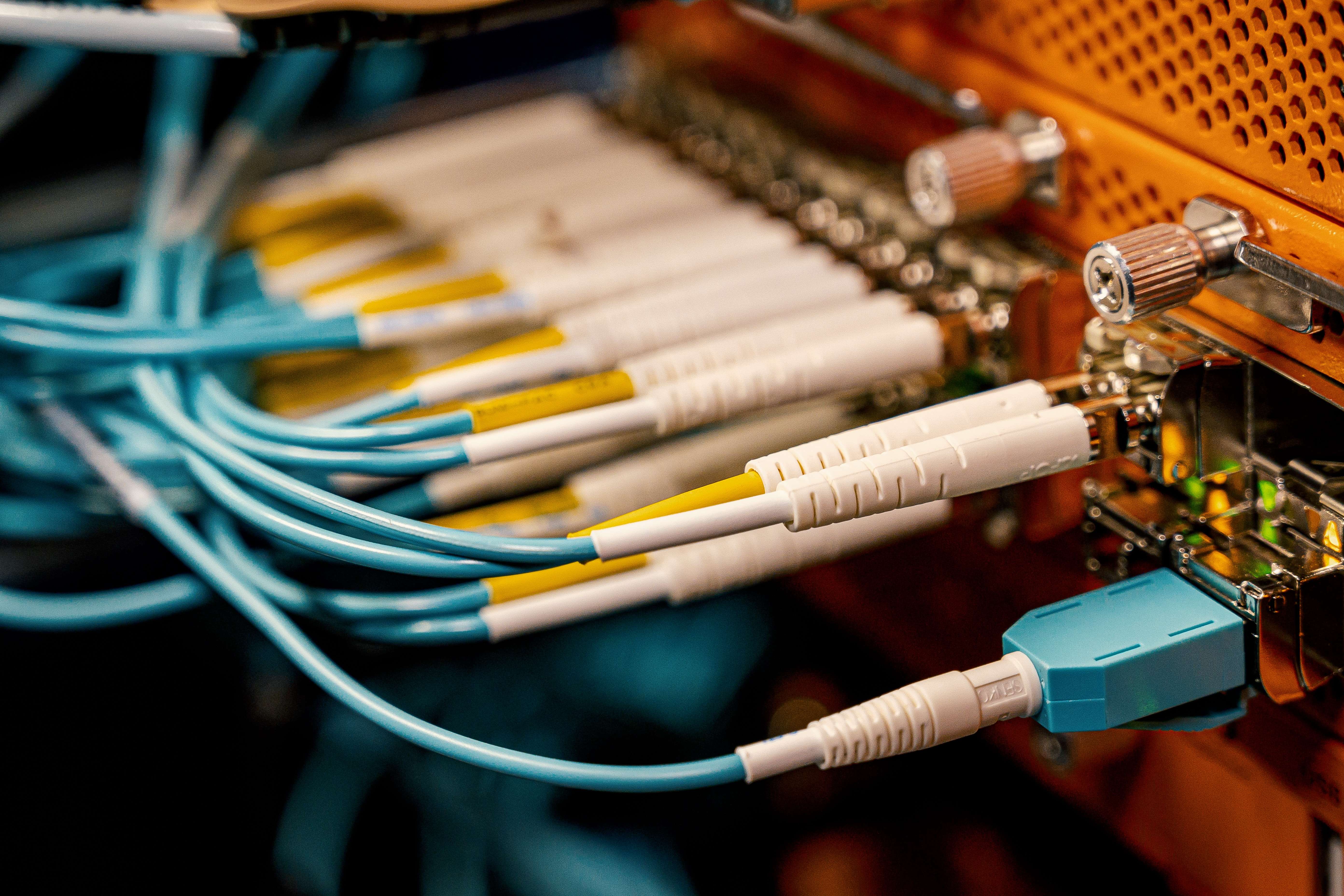
Jun 19,2023
Have they ever wondered how your voice reaches and vice versa a person talking to you across several continents? How does an internet service provider or a website respond in a blink of an eye? What makes them respond so fast and so consistently? The answer lies in fiber optics. They are as thin as human hair, but they do wonders. Millions of fiber optics are installed at the core of oceans, which carry data that we send and receive. Not only it maintains the data quantity, but it also keeps the quality high. The amplifiers and other devices are used to keep the light going. Yes, our audible and visual messages are converted into binary codes and then transferred with the help of super-fast light rays. These are electromagnetic waves, which are converted into beams of light. It was just a basic concept advancing into cutting-edge technology with state-of-the-art features. Some of them are below, which we tried to simplify without using technical language.
WDM increases the capacity of bandwidth where a single optical fiber can carry multiple wavelengths of light to send data simultaneously. There was a time when a different carrier took each wavelength; now, only a single optical fiber can take all the modes at once. For instance, video, audio, and storage data were carried out separately and simplified with new technology. All of them can be sent via one optical fiber with the help of WDM technology. All the modes merge when they enter the optical fiber to travel through one optic. Then they return to their form when they reach their destination port.
This device is used to test optical fibers and their performance. OTDR helps to find problems and broken links in optical fibers. It finds flaws in the optics when the signals do not reach properly. Technicians find scars quite easily with the help of OTDR. This technology also makes the installation of optical fibers in systems easy. Besides, it assists in detecting changes in the flow of data inside optics. Some of the uses of OTDR are mostly testing, route tracing, fault detection, and network planning of optic fibers.
Polarization is significant in fiber optics to send signals to the correct destination without having any crossing of other rays. This technology maintains the polarization of light, which passes through the fiber optics. Each beam has defined data and must be polarized from interfering with other beams. Otherwise, the information transmission will be corrupted. PMF is used for fiber optic sensing and helps messages keep their high level in telecommunication. Besides, it increases the sign-to-noise ratio for clarity in communication.
This one is quite amazing; no wire is required to send data but light rays in the air. A wireless system that transmits data with the help of invisible beams of light to share data in the air is FSO. Routers are installed to catch and emit data through microwaves and infrared rays. This technology helps in telecommunication and internet services mainly. There are some applications where the installation of wires is either very costly or impossible. FSO technology allows transmitting data in those regions with the help of special devices that receive and transmit light rays of information.
There is a list of more advanced fiber optics devices with more profound concepts from a broader perspective. The technology is helping to clarify further and simplify communication, treatment, and every other application.